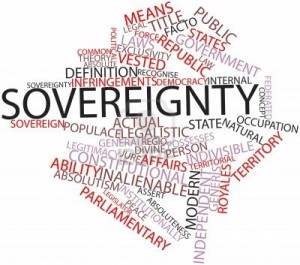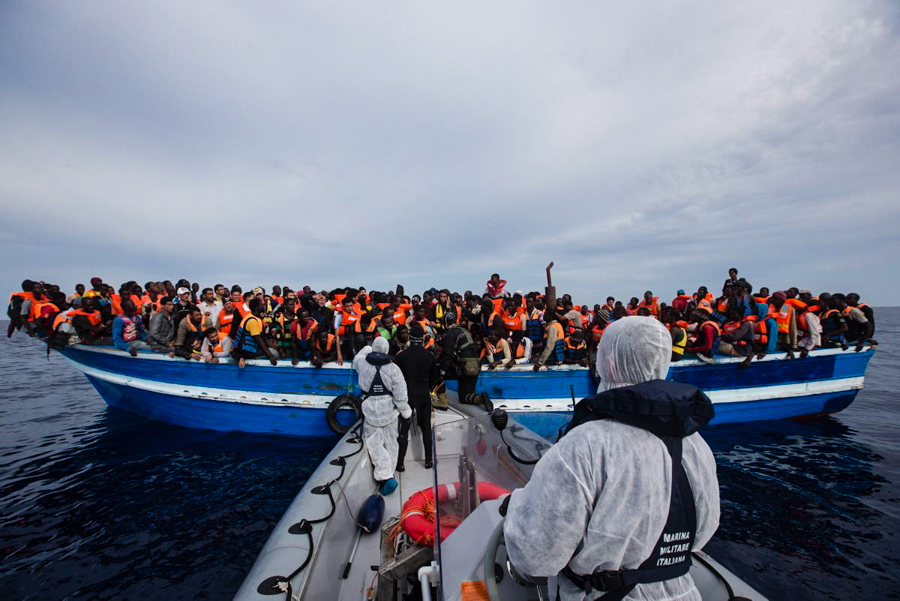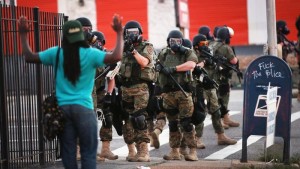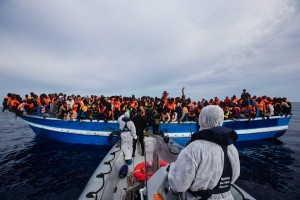Most of my attempts to understand the issues of sovereignty and refugees have devolved into irresolvable questions of definition. I realized early on that, if I were to understand why the refugee is such a powerful figure, I would need to understand what sovereignty entailed. Having established that, I could establish how the refugee interacts with a sovereign and how the figure of the refugee arrives at its significance.
 What do we mean when we talk about ‘sovereignty’?
What do we mean when we talk about ‘sovereignty’?
When I started to read more deeply into the notion of sovereignty, it seemed to consistently be referred, or alluded, to in texts as something like pornography- tough to define, but we all know it when we see it. Many descriptions and presumptions about sovereignty seemed problematic; they seemed to function according to a top-down perspective, according to which sovereignty seemed in some sense inviolable and applied to problems and errors beneath it. However, if we know sovereignty when we see it, but can’t quite define it, then we should know, at some gut level, who the sovereign is in this picture:
It would be difficult to find anybody who- equipped only with t-shirt, jeans, satchel and baseball cap, just as the man in the foreground of this photo is- would resist this confrontation of militarized, gas-mask-wearing police, assault rifles raised at an unarmed man. There’s an obvious sovereign here. But don’t we also see some fundamental weakness in the absurdity of the above picture? If we ask who is in control, our instinct probably tells us that it is the police. But is that a sustainable control? Is it a valid control? Don’t we think of the emperor’s new clothes when we see those police? What can they be guarding that justifies such paranoia, such excess and irrationality? It seems like power for the sake of power, an attempt to put a band-aid over a canyon of an open wound.
Aren’t there some striking parallels between these two photos? In both, a sovereign seems immediately discernible and then inarguable. The militarized police in Ferguson seem remarkably akin to those in the rescue boat greeting refugees in the Mediterranean. The ‘rescuers’ are clad head-to-foot in protective, featureless suits. You can’t see them from this angle, but they’re also wearing protective masks.
In both photos, we see people playing at sovereignty. Both photos show alleged sovereigns asserting control, while displaying absolute fear. Both photos show complete overreaction, beginning from a complete reduction of the subjects of the sovereign. Absolute inequality is immediately established; in both cases, the sovereigns seem desperate to assert this inequality, as if to say: don’t even try to suggest that a sovereign is necessarily violable and inherently fragile and conditional.
There’s not space to write more in this blog post, but, in a nutshell, in my paper I’m going to avoid any concrete definition of sovereignty. Instead, I’m ascribing to it the Buddhist Three Marks of Existence: annica, or impermanence, a state of constant flux; dukkha, or suffering, unsatisfactoriness; anatta, or the absence of a permanent, unchanging self/soul. I think that understanding the implications of such ambiguities are crucial to understanding how and why sovereigns act as they do. In particular, understanding the fundamental fragility of a sovereign should help us to understand how and why refugees are treated as they are.


